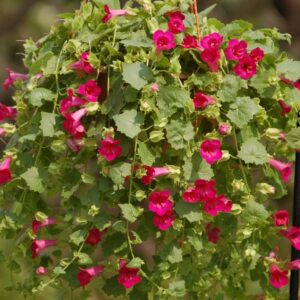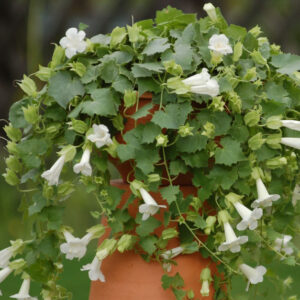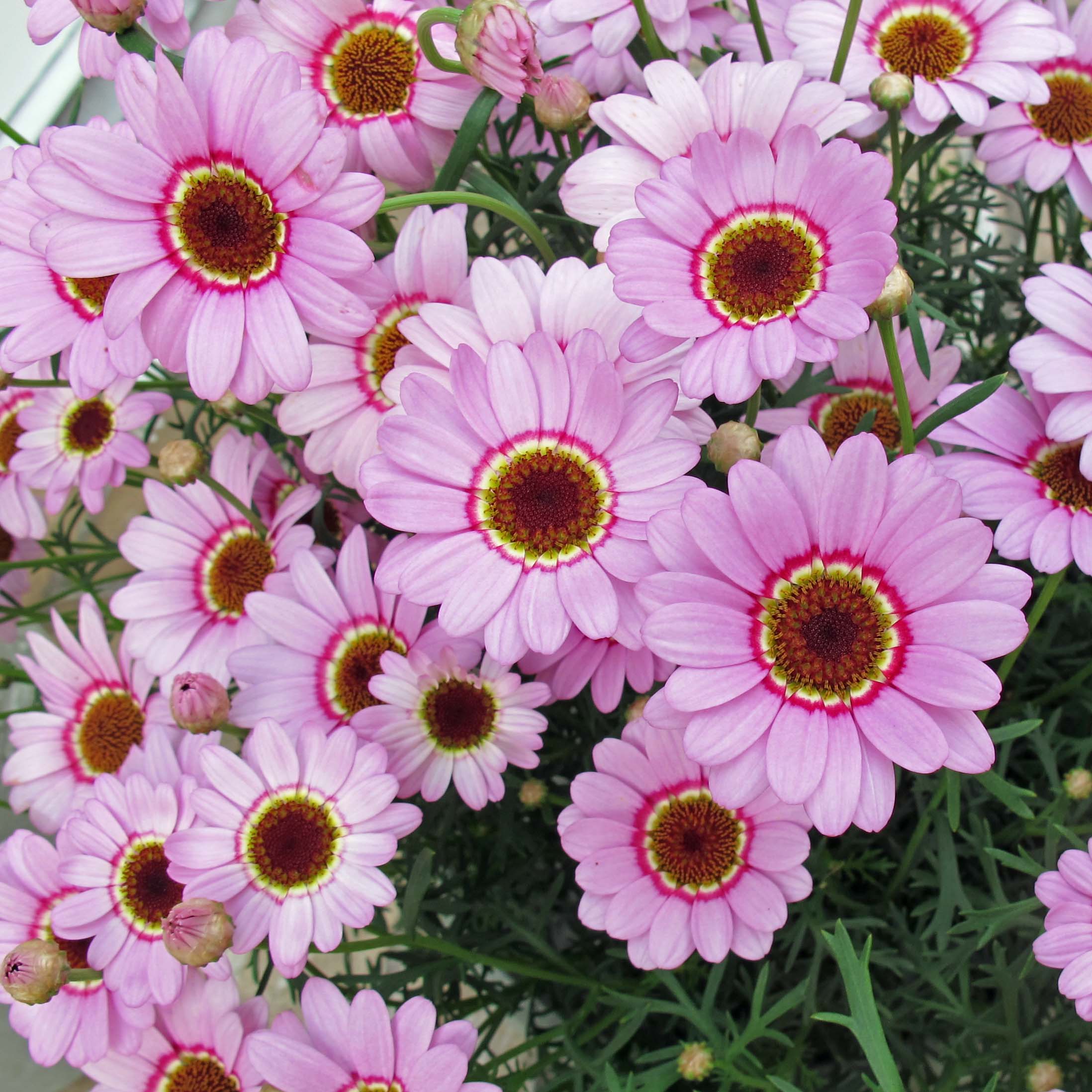Summary
Lophospermum is a genus of herbaceous perennial climbers or scramblers, native to mountainous regions of Mexico and Guatemala. Those that climb use twining leaf stalks. Their flowers are tubular, in shades of red, violet and purple, the larger flowers being pollinated by hummingbirds.
Description
Lophospermum species are herbaceous perennial climbers with fibrous roots. They climb by means of twining leaf stalks (petioles) rather than tendrils or twining stems. The long stems are branched, becoming woody at the base with age. In some species the stems grow from a woody caudex – a swollen, bulb-like structure at the base of the stem. The leaves are triangular or heart-shaped with a pointed apex and toothed edges (crenate or dentate). Both stems and leaves may have a purplish color.
Additional Info
Gardeners in the north that are growing Lophospermum should grow the plant in a container so it can be easily moved indoors when frost threatens. Keep the soil moist but not soggy and use a time release, granular fertilizer in spring. There are no listed pests or diseases of any concern but water from the base of the plant to prevent fungal issues. In cooler regions, it should be brought indoors or treated as an annual. Save seeds and you will be able to start another creeping gloxinia for the next season.







